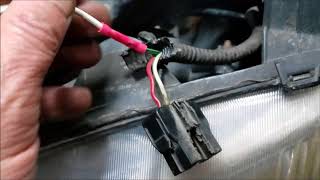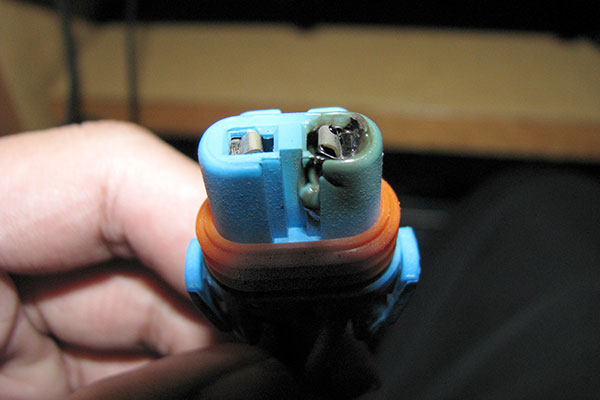Having issues with your car’s headlight socket melting? You’re not alone. Many car owners have faced the same issue and have been left feeling frustrated and at a loss. Regular checks of your vehicle’s headlights are important, as the socket can melt if too much current is passing through the circuit, causing the headlight to stop working.
Without your headlights, you and your vehicle are in danger. To help prevent this from happening and to keep you safe, it’s important to be aware of the possible causes of melting headlight sockets and, if it happens to you, how to fix the problem.
Can a headlight socket melt?
A headlight socket is a device that holds the headlight bulb in place and allows electrical current to pass through it. It is made of plastic and can become damaged when exposed to excessive heat or when used with a higher-wattage bulb than the socket is designed for. In extreme cases, the socket can become so hot that it melts, leading to electrical issues and damage to the headlight bulb.
Potential causes of headlights socket melting
There are three potential causes of headlight socket melting they are:
1. Electrical short circuit:
The first cause of a socket melting is an electrical short circuit which is caused by a broken wire or corroded connection. When a wire or connection is damaged, electricity is able to escape and build up heat in the headlight socket. This heat can eventually cause the plastic of the headlight socket to melt.
2. High-intensity light bulb:
The second potential cause of headlight socket melting is a high-intensity light bulb drawing more power than the socket can handle. This can also cause the socket to overheat and melt. In order to prevent headlight socket melting, it is important to check the headlight wiring and connections regularly and replace any high-intensity bulbs that draw too much power.
3. Higher wattage bulb:
The third reason why your headlight socket may keep melting is due to the use of a higher-wattage bulb than is recommended. Using a higher wattage than is necessary causes more heat to be generated, thus increasing the temperature of the socket. When the temperature of the socket rises above the melting point of the plastic, the socket will start to melt. To prevent further damage and ensure safe operation, make sure to use the wattage of the bulb that is specified for the particular model of vehicle.
How do I know if my headlight socket is bad?
One of the most common problems with headlight sockets is that they keep melting. This is typically caused by an issue with the wiring or the socket itself. If you’re experiencing this problem, there are a few signs to look for that can help you determine if your headlight socket is bad. Some of them include:
- The first sign is if your headlights are dimmer than usual. This could be a sign that the socket is not making a secure connection with the bulb, resulting in less power being supplied to the bulb.
- Also, if you notice any discoloration or charring around the headlight socket, this could also be a sign that it’s malfunctioning.
- Lastly, if you hear any buzzing or sparking noises coming from the socket when you turn your headlights on, this could be a sign that the socket is melting, loose or damaged.
How to fix a melted headlight socket?
If your headlight socket keeps melting, it can be a sign of several issues as listed above. To fix it, you have to do the following;
- Locate the headlight socket and disconnect the power to it.
- Inspect the socket and surrounding area for any signs of wear or damage.
- If the socket has melted, you may need to replace it.
- If there are no signs of damage, you may need to check the wiring for any loose connections or damaged wires.
- If the wiring is in good condition, you should replace the bulb.
- If the bulb is still melting the socket, then the issue may be caused by a short circuit and you should contact an auto electrician for help.
Conclusion
Melting headlight sockets can be a common problem. If you’re having this issue, it’s important to check your headlight bulbs to make sure they’re the right wattage and to check the wiring harness for any damage. If the wiring harness is damaged, it’s important to get it repaired as soon as possible.
Finally, make sure to check the fuses and relays to ensure they’re all working properly. Taking these steps can help you avoid further damage and ensure your headlights are functioning properly.
Disclaimer
Hi, just letting you know that all products recommended here have been used by me, or are properly researched to ensure they are the best you are getting without bias.
I am also an affiliate for certain Amazon products and this means that some links here are affiliate links. If you purchase an item through any of them, I MAY earn a commission at no extra cost on you.



Thank you